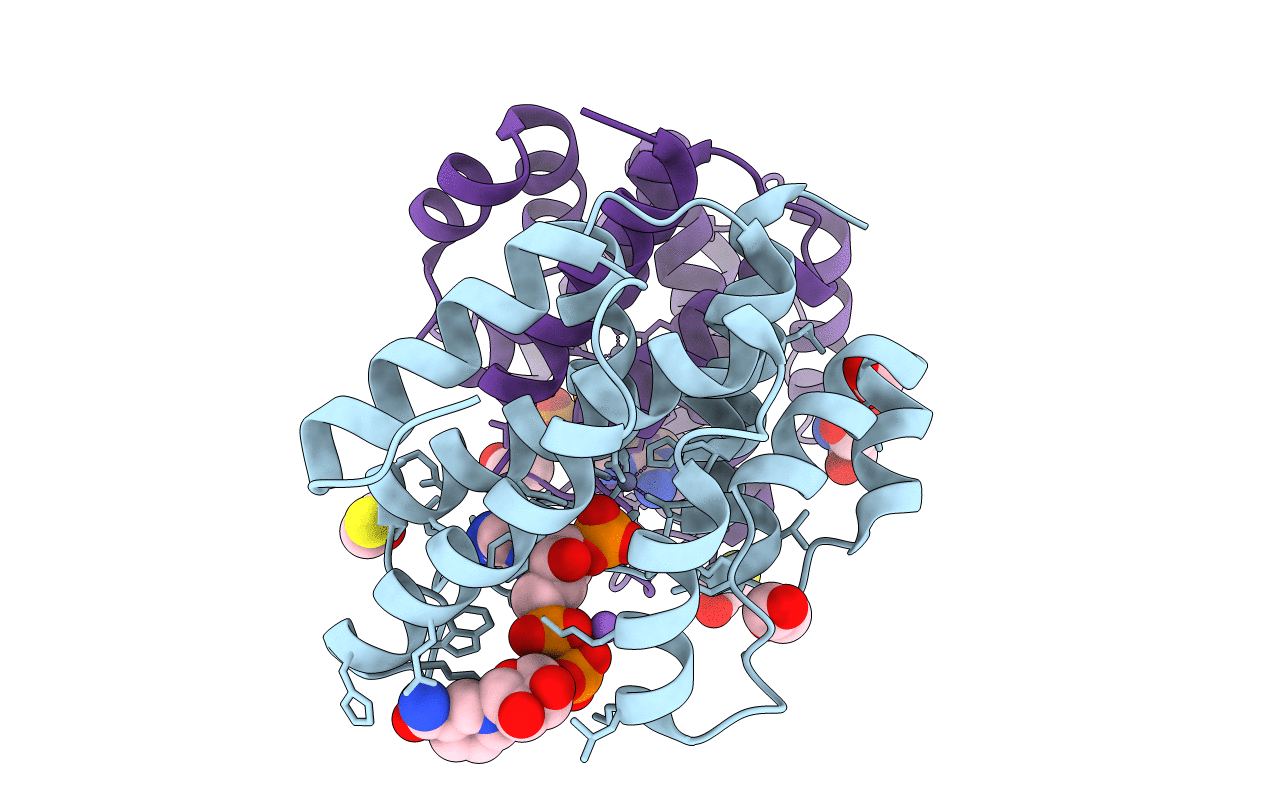
Deposition Date
2017-05-23
Release Date
2018-05-23
Last Version Date
2022-03-30
Method Details:
Experimental Method:
Resolution:
2.10 Å
R-Value Free:
0.20
R-Value Work:
0.16
R-Value Observed:
0.16
Space Group:
P 21 21 21


